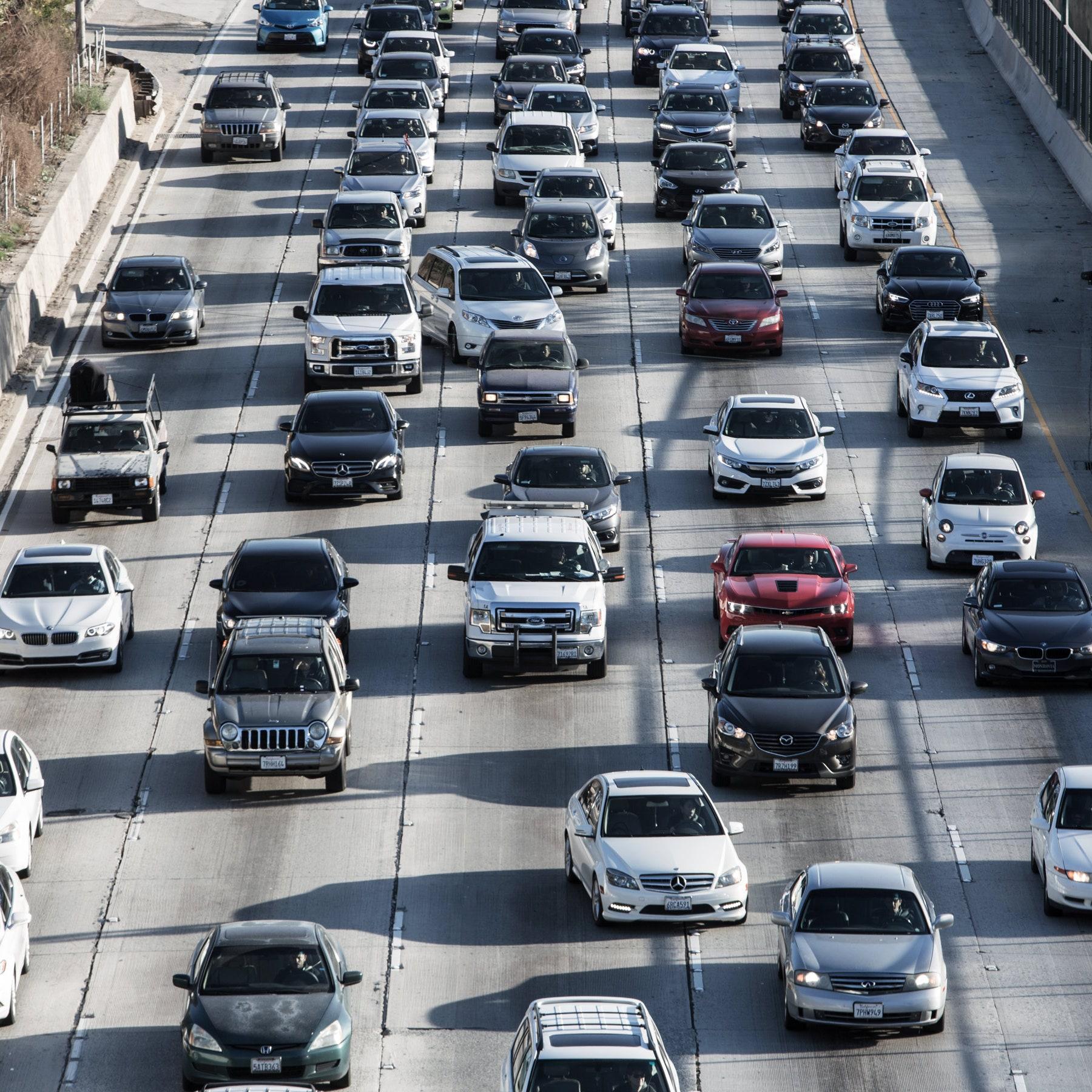Congestion pricing has long been a topic of debate in major cities around the world, and New York City is no exception. The concept of charging a fee for driving in crowded urban areas is not new, but it has been met with resistance and skepticism in many places. However, as the New York City landscape continues to be plagued by traffic congestion, pollution, and an inefficient transportation system, it becomes apparent that congestion pricing should have been the future.
New York City has a population of over 8 million people, and its streets are filled with cars, taxis, delivery trucks, and buses. The result is constant traffic gridlock, frustrated drivers, and an environment filled with harmful emissions. The congestion not only slows down the city’s residents but also negatively impacts the economy, hampers emergency response times, and diminishes the overall quality of life.
Congestion pricing offers a solution to these problems by implementing a system that charges vehicles entering designated congested zones during peak hours. The idea is to create a financial disincentive for driving during those times, while also generating revenue to invest in improving public transportation infrastructure.
Several cities around the world have successfully implemented congestion pricing schemes. London, for instance, introduced a congestion charge in 2003 and has seen a significant decrease in traffic congestion and pollution levels. Singapore, another pioneer in congestion pricing, has managed to maintain an efficient traffic flow and promote public transportation usage by implementing an advanced electronic road pricing system.
So, why hasn’t New York City followed suit? Despite numerous discussions, the implementation of congestion pricing in NYC has been delayed for years, primarily due to political and logistical challenges. However, the urgency to address the city’s congestion and environmental concerns should have compelled leaders to act much sooner.
Congestion pricing would not only alleviate traffic congestion but also improve air quality. The reduction in vehicle emissions would have a positive impact on public health, particularly for those who suffer from respiratory conditions worsened by pollution. Additionally, the reduced number of vehicles on the road during peak hours would greatly improve response times for emergency services, potentially saving lives in critical situations.
Moreover, congestion pricing would generate substantial revenue that could be allocated to enhancing public transportation options. Imagine a New York City with a robust network of electric buses, improved subway systems, and expanded bike lanes. The investment in sustainable alternatives would encourage more people to leave their cars at home, leading to further reductions in congestion and pollution.
Critics argue that congestion pricing unfairly targets low-income individuals who might not have access to alternative transportation options. However, well-designed congestion pricing schemes can incorporate exemptions or discounts for certain groups, ensuring that the fee does not disproportionately burden the most vulnerable residents. Ultimately, the revenue generated could support subsidies for public transportation passes or promote affordable alternatives like carpooling, ride-sharing, or bike-sharing programs.
The COVID-19 pandemic has offered a glimpse into what New York City could be without overwhelming traffic. During lockdowns and travel restrictions, the city experienced cleaner air, faster commutes for essential workers, and a sense of calm on the once chaotic streets. This period of reflection presents an opportunity for city leaders and residents to recognize the benefits of congestion pricing and push for its implementation.
As plans for congestion pricing are finally set to be implemented in New York City in the near future, it is clear that it should have been the future all along. The benefits of reduced congestion, improved air quality, increased revenue, and enhanced public transportation options make it a necessary step toward building a sustainable and livable city. By learning from the successes of other major cities and adapting their models to the unique needs of New York City, congestion pricing can help shape the city’s future for the better.
Hey Subscribe to our newsletter for more articles like this directly to your email.
